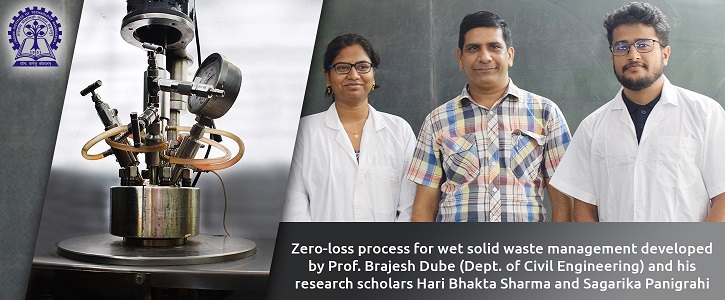
Way to Zero Waste
Economic Times ET Energy World India Today Careers360 Millenium Post DD News Business Standard The Week NDTV Shiksha While passing through the newly developed, urban elite settlements, the dumpsites waiting treatment are becoming increasingly common. Municipal Solid Waste (MSW) in India continues to remain a neglected area with inefficient source segregation. Further, the moisture content in waste adds to India’s challenge in solid organic waste management because of our food habits and socio-cultural habits.…

